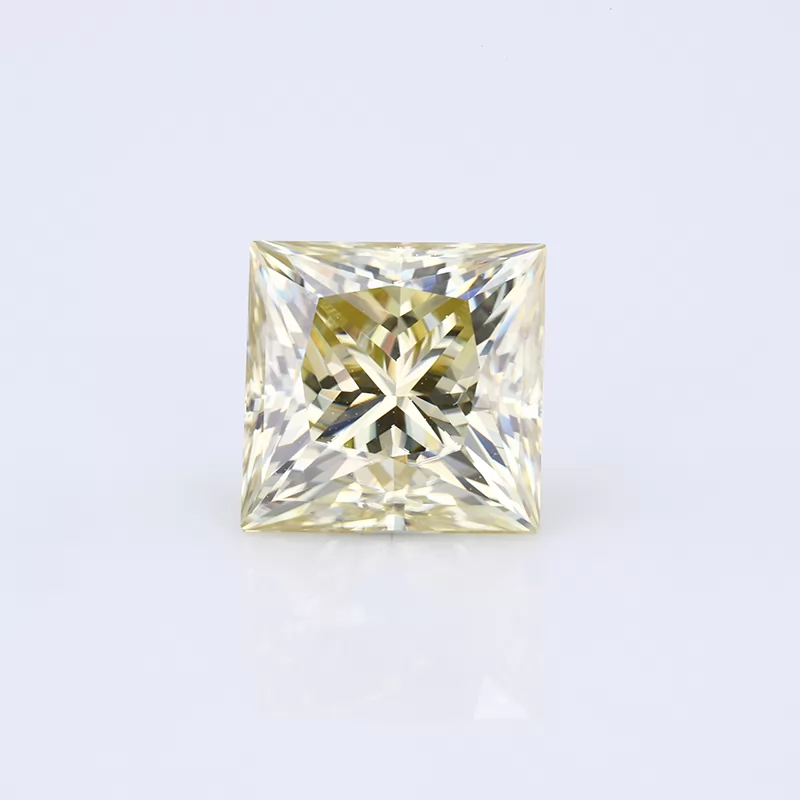Choosing the perfect gemstone for an engagement ring is a significant decision, and moissanite has emerged as a compelling alternative to traditional diamonds. In this exploration, we unravel the pros and cons of opting for a moissanite engagement ring, providing insights to aid you in making an informed and delightful choice.

One of the standout features of moissanite is its exceptional brilliance. This gemstone exhibits a dazzling sparkle, often exceeding that of diamonds. Its ability to reflect light with unparalleled fire makes it a captivating choice for those seeking a ring that truly catches the eye.
For couples with budget considerations, moissanite offers a brilliant solution. Compared to traditional diamonds, moissanite is more affordable while maintaining a comparable aesthetic. This affordability allows for a larger, more elaborate ring without compromising on visual appeal.
Moissanite is typically created in a lab, making it a more ethical and environmentally friendly option compared to mined diamonds. Choosing moissanite aligns with the growing trend of eco-conscious and socially responsible jewelry selections.
Moissanite is a remarkably durable gemstone, ranking high on the Mohs scale of hardness. This means it is resistant to scratching and chipping, making it suitable for everyday wear and ensuring the longevity of the engagement ring.
Moissanite comes in a wide array of cuts and colors, providing couples with the flexibility to choose a unique and personalized design. Whether you prefer a classic round cut or a more distinctive shape, moissanite caters to diverse aesthetic preferences.
While moissanite possesses remarkable qualities, some individuals may still place a higher perceived value on traditional diamonds. This perception is deeply ingrained in cultural and societal norms, and those seeking a status symbol might lean towards a diamond for its traditional significance.
While some appreciate the variety of colors moissanite offers, others may prefer the colorless brilliance of diamond. Moissanite can exhibit subtle color variations, and those desiring a completely colorless stone might find this aspect a potential drawback.
Moissanite can exhibit temporary color changes when exposed to extreme heat. While this is a rare occurrence in everyday situations, it's worth noting for individuals who work in environments with high temperatures or regularly engage in activities involving heat.
In the realm of engagement rings, moissanite presents itself as a compelling and attractive option with its exceptional brilliance, affordability, ethical origins, durability, and diverse design possibilities. However, individual preferences and cultural perceptions will ultimately influence the choice between moissanite and traditional diamonds. Understanding the pros and cons allows couples to make a decision aligned with their values, style, and budget, ensuring that the chosen engagement ring becomes a cherished symbol of love and commitment.
Previous: Should I Get A Smartwatch?
Next: Exploring the Variety of Moissanite Shapes: A Comprehensive Guide
Copyright:@2020-2021
Comments Please sign in or sign up to post.
0
0 of 500 characters used